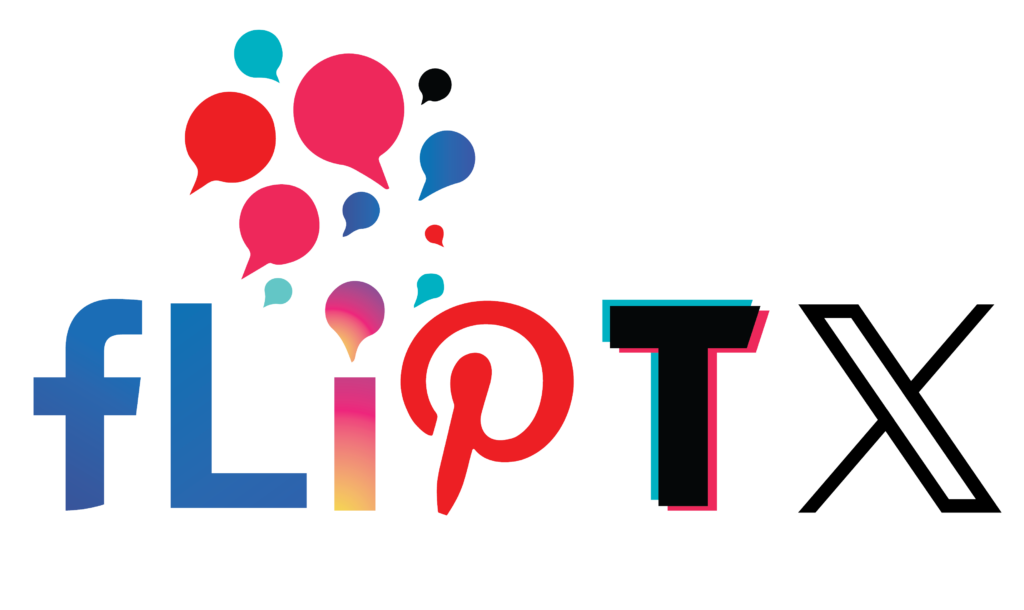
Tips and Tricks for Expanding Your Facebook Presence in 2024/2025
Introduction As the digital landscape continues to evolve, Facebook remains one of the most powerful platforms for businesses to connect with customers, drive engagement, and increase sales. With over 2.8 billion active users, Facebook offers a vast audience and numerous tools to help small businesses and entrepreneurs grow their online presence. However, expanding your reach on Facebook in 2024 and 2025 will require a strategic and innovative approach to stand out amidst fierce competition. This guide will walk you through tips and tricks to successfully expand your Facebook presence, attract more followers, and boost engagement. Whether you’re new to Facebook marketing or looking to fine-tune your strategy, these tips will help you harness the full potential of this social media giant. 1. Optimize Your Facebook Page for Success The foundation of any strong Facebook strategy is a well-optimized business page. If you haven’t set up your page correctly or if it lacks critical information, you may miss out on potential followers or customers. Here’s how to optimize your page:– Complete all sections: Make sure your business profile is fully filled out, including your bio, website link, contact information, and business hours.– Use high-quality visuals: Your profile picture and cover photo are the first things visitors see. Use a high-resolution logo for the profile picture and an engaging, on-brand cover photo.– Customize your CTA button: Facebook allows you to choose a Call-to-Action (CTA) button that best fits your business goals. Whether it’s “Book Now,” “Shop Now,” or “Contact Us,” make sure it aligns with your objectives.– Create a compelling ‘About’ section: Clearly explain what your business does, who it serves, and why people should follow your page. 2. Post Consistently and Use a Content Calendar Consistency is key to building an engaged audience on Facebook. To maintain a steady flow of content, create a social media calendar that outlines what you’ll post and when. Here are some best practices for consistent posting:– Post regularly: Aim for at least 3-5 posts per week to stay on your audience’s radar.– Use a mix of content types: Alternate between text updates, photos, videos, live streams, and blog links to keep your feed varied and interesting.– Time your posts wisely: Use Facebook Insights to determine when your audience is most active and schedule your posts accordingly.– Batch-create content: Dedicate time to creating multiple pieces of content in one sitting to ensure you always have something to post. 3. Leverage Facebook Groups In recent years, Facebook Groups have become a key tool for fostering community engagement. Unlike regular posts, which may not always reach your full audience, Facebook Groups allow you to directly engage with members who are interested in your business or industry. Here’s how you can use Facebook Groups to expand your reach:– Create a niche group: Start a group related to your business or industry, such as “DIY Home Improvement Tips” if you’re a contractor or “Healthy Meal Ideas” if you run a food business.– Participate in existing groups: Join relevant groups in your industry and engage meaningfully. Avoid spamming with promotional content; instead, focus on sharing valuable insights and advice.– Use groups to test ideas: Share content, promotions, or new ideas in groups first to gauge the response before launching them on your main page.– Run exclusive offers: Reward your group members with special discounts or early access to new products, making them feel like VIPs. 4. Invest in Facebook Ads While organic reach on Facebook is valuable, investing in Facebook Ads can help accelerate your growth. Facebook’s ad platform is one of the most advanced, offering robust targeting options that allow you to reach the right audience at the right time. Here’s how to run effective Facebook Ads in 2024/2025:– Define your goals: Whether you want to drive traffic to your website, generate leads, or increase sales, having clear objectives will shape your ad strategy.– Use targeted audience segments: Take advantage of Facebook’s audience targeting tools, such as custom audiences, lookalike audiences, and interest-based targeting.– Test multiple creatives: Run A/B tests with different ad creatives, headlines, and calls to action to see which performs best.– Monitor and optimize: Keep a close eye on your ad performance metrics, including click-through rates (CTR), cost-per-click (CPC), and return on ad spend (ROAS). Adjust your campaign as needed to maximize results. 5. Utilize Facebook Reels and Stories Short-form video content is booming across social media, and Facebook Reels and Stories are great tools to capture attention. These features allow you to share engaging, bite-sized content that disappears after 24 hours, encouraging timely interactions. Here’s how to effectively use Reels and Stories:– Post behind-the-scenes content: Give your audience a glimpse behind the curtain by sharing sneak peeks of new products, a day-in-the-life of your business, or employee spotlights.– Create interactive Stories: Use features like polls, questions, and quizzes to engage your audience directly in your Stories.– Highlight user-generated content: Reposting customer reviews, photos, or videos on your Reels and Stories creates social proof, making your brand more trustworthy.– Leverage Reels for viral content: Short, entertaining Reels that align with current trends or challenges can help your brand gain visibility and attract new followers. 6. Harness the Power of Facebook Live Facebook Live continues to be one of the most effective ways to engage with your audience in real time. Live videos are prioritized in the algorithm, making them more likely to appear in users’ news feeds. Ideas for using Facebook Live effectively:– Host Q&A sessions: Invite your audience to ask questions about your products, services, or industry.– Give product demonstrations: Show how your products work or provide a tutorial to demonstrate their value.– Launch new products: Build excitement by announcing new product launches live and offering exclusive deals for viewers.– Interview industry experts: Collaborate with influencers or experts in your field to provide valuable insights to your audience. 7. Encourage User-Generated Content (UGC) User-generated content is any form of content—reviews, testimonials, photos, or videos—created by customers rather than businesses. UGC is a powerful marketing tool



